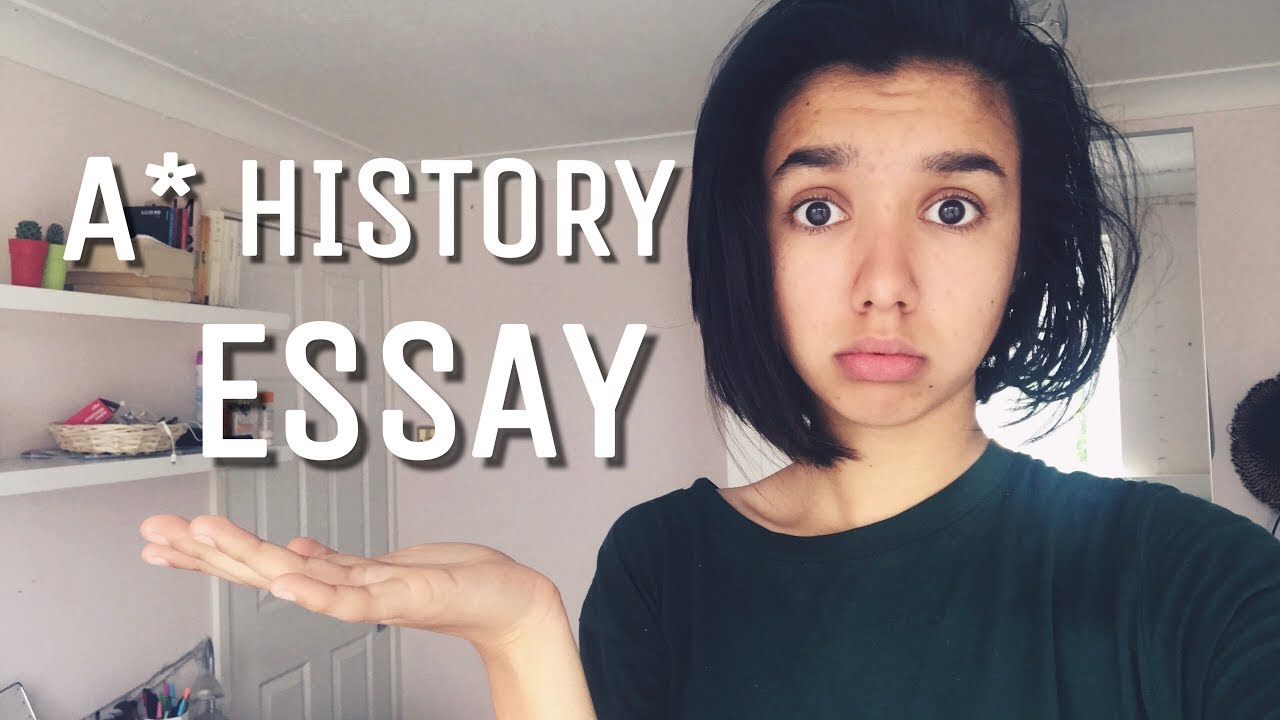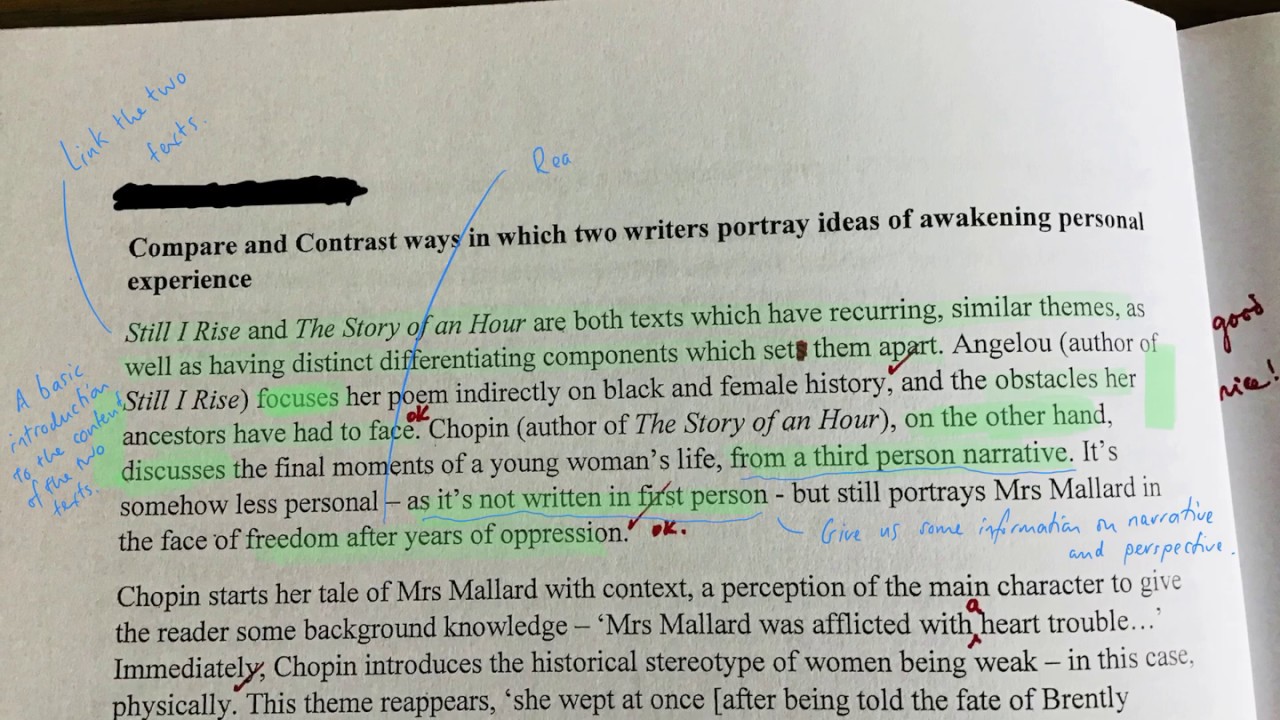How to Write an Introduction for Geography Coursework A Level

A good introduction to your geography essay should tell your reader what to expect in the rest of the essay. You should include the geographical context, find secondary data, write a hypothesis, and imitate the style of the assessed text. This way, the reader will understand what to expect. Once you know what to expect, writing your essay will be much easier. Here are a few tips to get you started.
Identifying geographical context
Identifying geographical context is essential when writing an introduction for your geography coursework A-Level. You must give a brief overview of your geographical theory or process. Then, you should discuss the geographical context of the area in question. A map can be a helpful tool, and some students find it useful to use a North Norfolk District Council paper. For example, you could discuss the relation of the National Parks to other areas of the UK, including their accessibility, geology, and human/natural attractions.
Once you have established the geographic context, you can move on to the subject. For example, you could write an introduction about human geography and its effects on society. Human geography examines the world’s different patterns of culture and society. It also examines environmental change and the role of culture and nationalism. You can also discuss cultural or environmental change in a geography coursework by identifying its current characteristics.
Another useful tip is to identify geographic objects. The references object is the object that is mentioned on the map. This object may be a monument, city, or a specific geographical feature. It must be large, public, and static. In a normal event, the location of the geographic object is unlikely to change. If you want to include place names, you must define these objects in your introduction.
Finding secondary data
If you are studying geography at a level, you will probably need to find secondary data for your project. This data will often be published in newspapers or on the internet, and it can give you a broad overview of a geographical region or population. However, secondary data can also be inconclusive or lacking in quality. Using this data can help you understand whether or not a particular piece of research has been well-supported by the original data.
When collecting secondary data, you have to decide which techniques to use to gather information. Primary data is the information that you have gathered yourself, or a group of people. This data must be described and cited properly, and it should be accompanied by limitations. Secondary data, on the other hand, comes from another source. For example, you may use data collected through a Twitter poll to determine the prevalence of a particular disease or condition.
You can also find data in other studies on the same topic. For example, there’s a study that has collected data on the number of tourists visiting Greece, which is relevant to your own project. You can use the same findings to conduct further research and find out which nation visits the country the most. If you’re looking for a qualitative study, you can use this as your basis for conducting a quantitative study.
The process of finding secondary data differs for quantitative and qualitative data. Qualitative data requires you to collect information about the reasons people live on boats. Then, you’ll have to write a questionnaire and analyse the data to find out which ones are the most common. Once you have gathered enough data for your project, you’ll be able to write a descriptive essay based on it. If you’re looking for secondary data, you’ll need to consider quantitative data as it relates to health and the causes of diseases and disorders.
To write a high-quality essay, you need to find secondary data for your topic. The internet is an excellent source for secondary data. A school library or town tourist office may have books on the topic. You can also visit Google Earth to view satellite images of your area. In addition to online sources, you can also consult the BRITICE database to find downloadable PDF maps of glacial landforms in Britain.
Writing a hypothesis
As part of your geography coursework, you must write a hypothesis. This statement should outline what you hope to discover in your geographical investigation. You should also provide definitions of key geographical terms and the site or situation that you have chosen for your study. Finally, your hypothesis should link to geography theory. It will be more effective if you include examples. For example, you could study the flora and fauna of a national park and determine the amount of pollen present there.
In writing a hypothesis for your geography coursework, you must be aware of the basic principles of geography and research. A hypothesis is a statement that suggests a conclusion based on limited evidence. A hypothesis is positive in nature, but it is still a statement that can be tested by larger amounts of data. A null hypothesis, on the other hand, is a general statement or position. In this case, your hypothesis should be based on the geographical context of the study and a good locational map.
Writing a creative piece that imitates the style of the assessed text
There are two kinds of coursework you can write for the A level: original work and commentary. Both are intended to demonstrate your knowledge and ability and communicate effectively with the target audience. Obviously, the former is more challenging than the latter, but both have similar goals. For instance, geography coursework is about understanding a particular area and evaluating its use in the world around you. An effective commentary should explain the process of writing the piece, including language levels used.
The key to a successful A1 in this unit is to demonstrate an awareness of the genre and the elements of a good composition. You should make use of the language levels to achieve different effects, so make sure to reference your model when writing your piece. Moreover, your final piece must end with a concluding paragraph that summarises your representation.




Leave a Reply